The 10-second truth (for the impatient scroll)
Yes — your sunscreen can damage or discolour your hair extensions if it touches them.
Ingredients like avobenzone (a common UV filter) and zinc oxide or titanium dioxide (from mineral SPFs) can oxidize, stain, or coat extensions, especially blonde or light-toned ones.
That means your $1,500 extensions might be turning peach or orange — not from poor toner, but from SPF that rubbed off your skin.
The good news? Once you understand how SPF interacts with hair, prevention is simple and 100% achievable.
Why this matters more than ever
Hair extensions today aren’t just vanity — they’re an investment in confidence and self-expression.
Clients style them, swim with them, travel with them.
And in sunny climates like Singapore, Bali, or the Mediterranean, daily sunscreen is non-negotiable.
Unfortunately, SPF and extensions often collide, literally.
Every time you apply sunscreen to your face, neck, or shoulders — or run sunscreened fingers through your hair — microscopic particles of SPF transfer onto the strands and bonds.
Over time, this can mean:
-
Discolouration or yellowing
-
Dull, sticky residue near the bonds
-
Weakened adhesive grip
-
And a frustrating feeling that your extensions “age” faster than they should

The chemistry behind the problem
Let’s get technical — but simple.
There are two types of sunscreen filters:
-
Chemical filters (like avobenzone, oxybenzone, octocrylene) absorb UV light and convert it to heat.
-
Physical/mineral filters (like zinc oxide and titanium dioxide) sit on top of skin, scattering UV rays.
Both can interfere with hair — just in different ways.
| SPF Type | Potential Extension Impact | Why It Happens |
| Chemical (avobenzone-based) | Peach, pink, or orange stains, especially on blonde hair | Avobenzone oxidizes with water, salt, or chlorine, creating rust-coloured pigments that cling to hair proteins |
| Mineral (zinc/titanium dioxide) | White or grey residue and buildup | Minerals sit on top of skin and transfer onto hair as a coating, dulling shine |
| SPF sprays with oils or silicones | Bond slippage or loosening | Oils weaken keratin, tape, or adhesive bonds |
In short:
-
Chemical SPFs stain,
-
Mineral SPFs coat,
-
Oily SPFs loosen bonds.
That’s the unholy trinity your stylist wishes everyone knew.
The real-life signs your SPF is interfering
You’ll know it’s happening if you notice:
-
Pale or blonde extensions suddenly turning peach, pink, or brassy near the face or nape
-
Sticky or waxy buildup that won’t rinse away
-
Slippage in tape-in or keratin bond areas
-
Extensions that feel dry or matte even with conditioner
Stylists often see these symptoms right after clients return from beach holidays or start using a new SPF serum.
“We’ll remove a ponytail and find perfect hair on top — but orange streaks underneath where sunscreen rubbed off the neck,” notes one senior stylist.
“Clients always think it’s toner fade — but it’s chemical oxidation.”
Why blondes (and light balayage) suffer most
Light hair — natural or coloured — is more porous.
That means it absorbs pigments and residues faster.
Avobenzone oxidation leaves an iron-like tint that binds to keratin in the hair shaft. On dark hair, it’s camouflaged.
On blonde or balayaged strands? It glows peach or orange.
That’s why blonde extension clients notice it first.
And once the staining sets, regular purple shampoo won’t fully remove it — because the discoloration isn’t tone imbalance, it’s chemical residue.
Extension type matters, too
| Extension Type | SPF Risk Level | Why |
| Tape-ins | 🔴 High | Adhesives can loosen with oily sunscreens |
| Keratin/fusion bonds | 🟠 Moderate | Repeated oil contact can soften bonds |
| Wefts/sew-ins | 🟢 Lower | SPF sits on outer surface; easier to cleanse |
| Clip-ins | 🟢 Low | Removable before sun exposure |
| Nano rings / beads | 🟠 Moderate | Oils can slide the bead grip over time |
So yes, your SPF choice can literally determine your extension lifespan.
How to protect your extensions (without skipping SPF)
1. Apply SPF first — hair later
Always apply sunscreen 15–20 minutes before styling or letting your hair down.
That gives SPF time to set into your skin rather than transfer to hair.
2. Tie or clip up your hair until SPF dries
When SPF is still tacky, every strand that touches your neck or shoulder is a magnet for residue.
Use a claw clip or silk scrunchie, and let it down once SPF has fully absorbed.
3. Choose your SPF formulas wisely
Look for:
-
Non-avobenzone formulas (check label for avobenzone, butyl methoxydibenzoylmethane)
-
Non-oily or gel-based SPFs for face and neck
-
Fragrance-free and colorant-free versions
Dermatologists often recommend SPFs formulated for sensitive or acne-prone skin — they tend to be lighter and less transferable.
4. Use a UV-protectant hair mist — not sunscreen on hair
There’s a key difference between skin SPF and hair UV filters.
Hair mists are designed to protect pigment and protein without clogging the strand or leaving residue.
These often contain:
-
Hydrolyzed keratin
-
UV-absorbing polymers
-
Light silicones for slip
Many professional haircare brands offer UV protectant sprays — they’re clear, lightweight, and safe on all extension types.
5. Cleanse with the right technique after exposure
If your extensions are exposed to sunscreen, salt, or pool water:
-
Rinse thoroughly with lukewarm water immediately after.
-
Use a gentle clarifying or chelating shampoo (no sulfates) once a week.
-
Follow with a moisture mask mid-lengths to ends, not near the bonds.
This removes mineral buildup and restores shine without weakening adhesive areas.
6. At the salon: request a “detox + gloss” service
Stylists can use salon-safe chelating treatments to lift sunscreen residue and tone correction glosses to rebalance warmth.
This can revive the blonde brightness without needing re-colour.
Ask for:
-
“Sunscreen or product detox”
-
“UV fade refresh gloss”
When SPF staining has already happened
Don’t panic — it’s fixable, but not with DIY toner.
Your colourist may:
-
Use a gentle chelating mask to break down mineral/chemical residue
-
Apply a gloss or low-ammonia toner to neutralize orange tones
-
In severe cases, perform a micro-lightening cleanse to lift stains
Avoid using clarifying shampoo too aggressively at home — that can dry both your natural hair and the extensions.
FAQ — The Questions Clients Always Ask
Q: Should I spray SPF directly on my hair at the beach?
A: Not if it’s designed for skin. Use hair-specific UV mists — they protect without the greasy film.
Q: Why do my extensions feel sticky after sunscreen?
A: Likely from silicone or mineral residue in SPF formulas that transfer to hair. Use a gentle clarifier and rinse thoroughly.
Q: Can I use oil-based SPF sprays if I tie my hair up?
A: Safer, yes — as long as SPF doesn’t contact the bonds. Always tie hair high and tight before spraying.
Q: Does SPF stain only blonde extensions?
A: It shows up most clearly on light hair, but all shades can get dull film or slippage.
Q: What about leave-in conditioners with SPF?
A: Perfectly fine — those are made for hair and don’t contain avobenzone or heavy minerals.
Pro-approved “Sunscreen Day” Routine for Extension Wearers
| Step | What to Do | Why |
| Morning | Apply SPF to skin, avoiding 1–2 cm near hairline | Prevents direct residue transfer |
| While SPF sets | Keep hair clipped up for 15–20 mins | SPF needs time to absorb |
| During outdoor exposure | Use UV hair mist or hat | Protects from fade without oily coating |
| After exposure | Rinse hair with lukewarm water + gentle shampoo | Removes film and salt/mineral buildup |
| Weekly | Clarify + moisture mask | Keeps extensions fresh and shiny |
The balanced truth
Sunscreen is non-negotiable for skin health — but so is preserving your hair investment.
By applying SPF correctly and protecting your extensions with UV hair care, you can enjoy both glowing skin and glowing hair.
Remember:
Healthy colour + protected scalp + well-maintained extensions = confidence that lasts all summer.
No sacrifices, no surprises — just knowledge.
Citations and professional references
-
American Academy of Dermatology (AAD): “How sunscreen ingredients work and interact with skin” — chemical vs mineral SPF behaviour.
-
L’Oréal Professionnel / Wella Pro Education: “How to prep and protect coloured hair from UV fade.”
-
Trichology Research Journal (2023): Photodamage mechanisms in keratin fibres under UV exposure.
-
FDA Cosmetic Ingredient Review: Avobenzone oxidation and discoloration mechanisms.
-
NHS Health Guidance: Advice to avoid colouring on irritated or sunburned scalp.
✅ Final Verdict:
Yes — “sunscreen on hair extensions” is not only scientifically valid but also highly engaging and emotionally relevant.
Your readers will learn something that feels “insider-only” and act immediately — that’s the formula for viral, trustworthy, reputation-safe content.


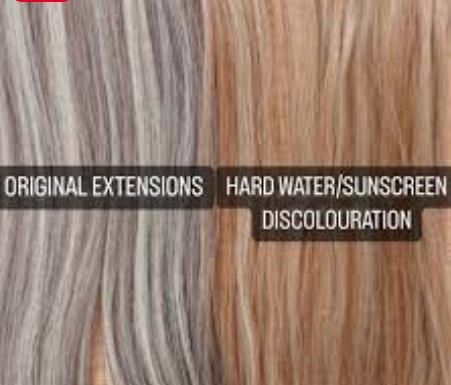
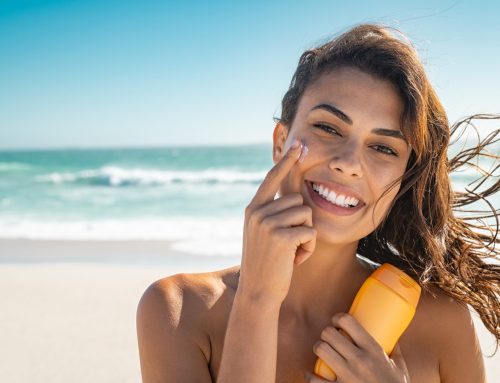
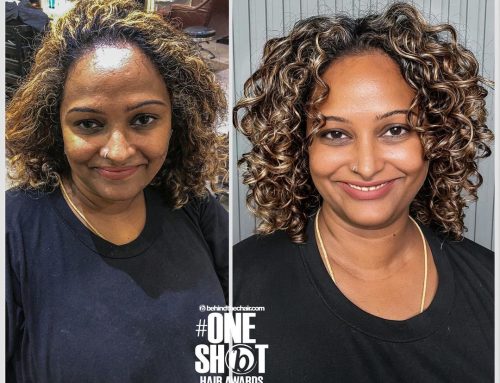

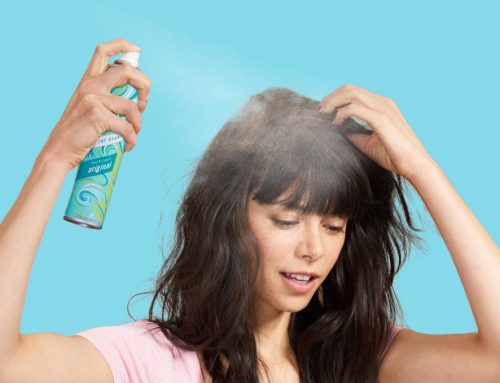
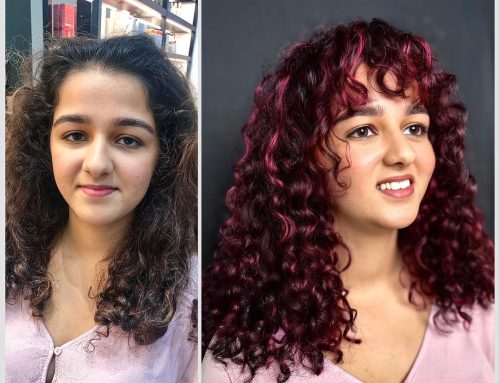
Leave A Comment